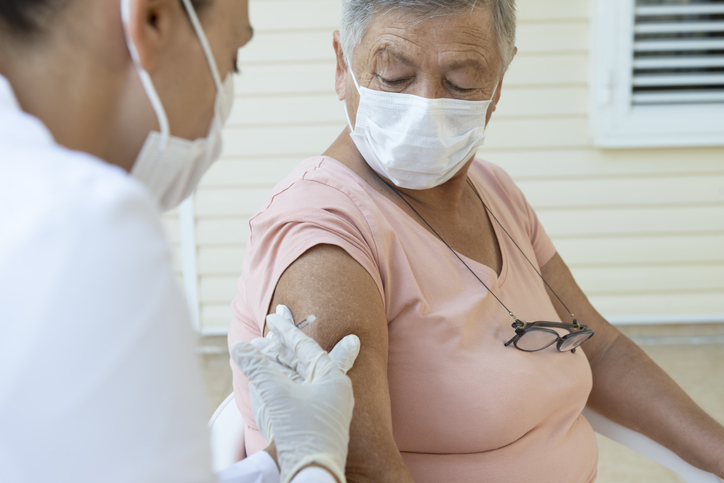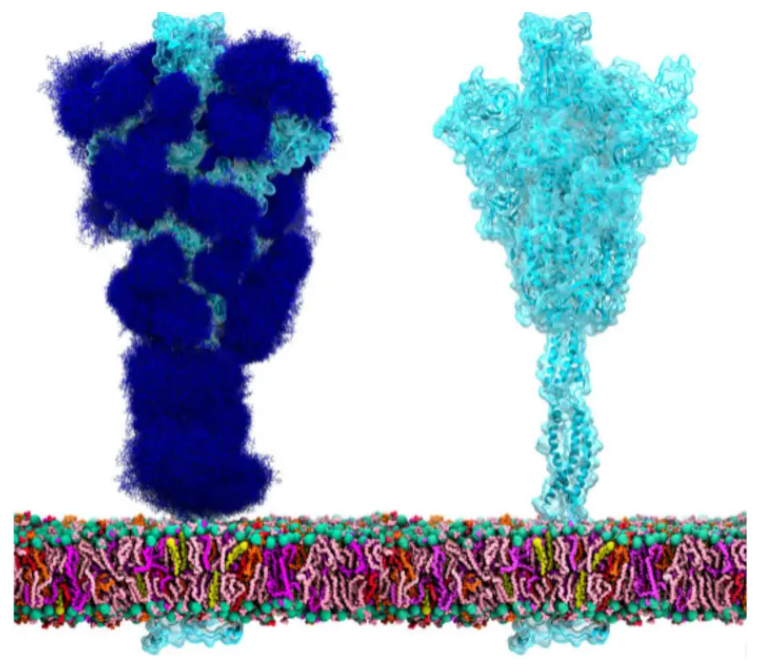
As the United States looks to combat vaccine hesitancy, at least one group is feeling even more confident in a vaccine—but not the COVID-19 shot: Patients with autoimmune rheumatic diseases (ARDs) had a higher rate of flu vaccinations during the pandemic, researchers discovered.
Patients with ARDs from two tertiary hospitals participated in phone interviews in December 2020 about flu vaccinations during the 2019-20 and 2020-21 seasons. Those with diagnoses of inflammatory arthritides (rheumatoid arthritis, spondyloarthropathies), connective tissue diseases (systemic lupus erythematosus, systemic sclerosis, dermatomyositis, Sjogren’s syndrome, anti-phospholipid syndrome, myositis), autoinflammatory diseases (adult-onset Still’s disease, familial mediterannean fever), and vasculitides (ANCA-associated vasculitis, Behcet’s disease, giant cell arteritis) were eligible for inclusion, but diagnoses of osteoarthritis, crystal arthropathies, and metabolic bone diseases were not eligible for inclusion.
All patients were asked if they received the flu shot during the past two flu seasons. If they had received the shot, they were asked whether they experienced a potential vaccine-related flare. Patients who had not been vaccinated were asked why, and were given the options of: (a) believe that flu vaccination is not helpful; (b) do not feel safe to have the vaccination; (c) was not suggested by their doctor; (d) was not their priority, due to the pandemic (for 2020/21); or (e) other.
A total of 1,015 patients were interviewed. Three-quarters of patients were female, and the median age was 58 years. The mean disease duration was 7 years, and most patients had inflammatory arthritides (59.6%) or connective tissue diseases (29.9%). Half of patients were either current or former smokers.
A greater proportion of patients received the flu shot during the pandemic than before (83% vs 76%; P=0.0001). Fewer than 1% of patients who got the shot reported disease flares.
In the pre-pandemic period, patients were more likely to say their rheumatologist did not recommend the shot compared to during the pandemic (35% vs 12.2%). Other reasons patients skipped out on the shot included they didn’t think it would have any benefit (36.9% vs 32.6%, respectively), they didn’t feel it was safe (27.5% vs 30.2%, respectively), and other (18.9% vs 23.8%, respectively).
Factors associated with getting the flu vaccine during the pre- and peri-pandemic periods were age and treatment with biologics.
The study was published in Rheumatology International.
“These findings, although are temporally encouraging, emphasize the need for continuous campaigns aiming at increasing patients’ and physicians’ awareness about the benefits of vaccination,” the study authors concluded.







 © 2025 Mashup Media, LLC, a Formedics Property. All Rights Reserved.
© 2025 Mashup Media, LLC, a Formedics Property. All Rights Reserved.